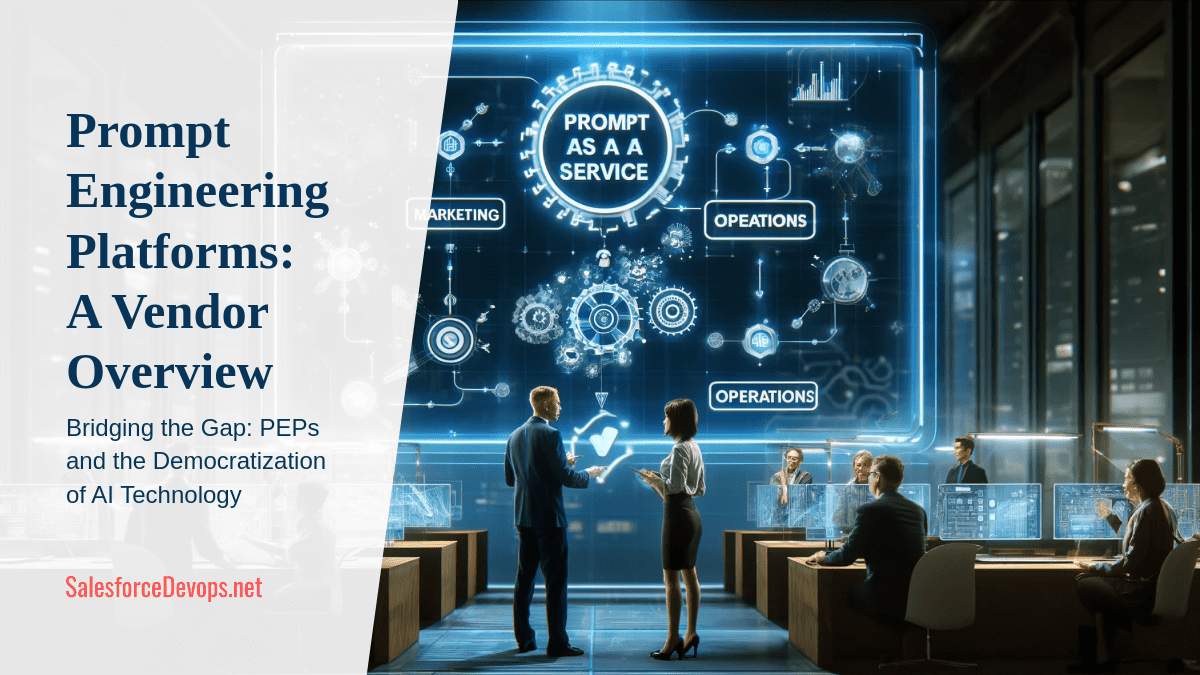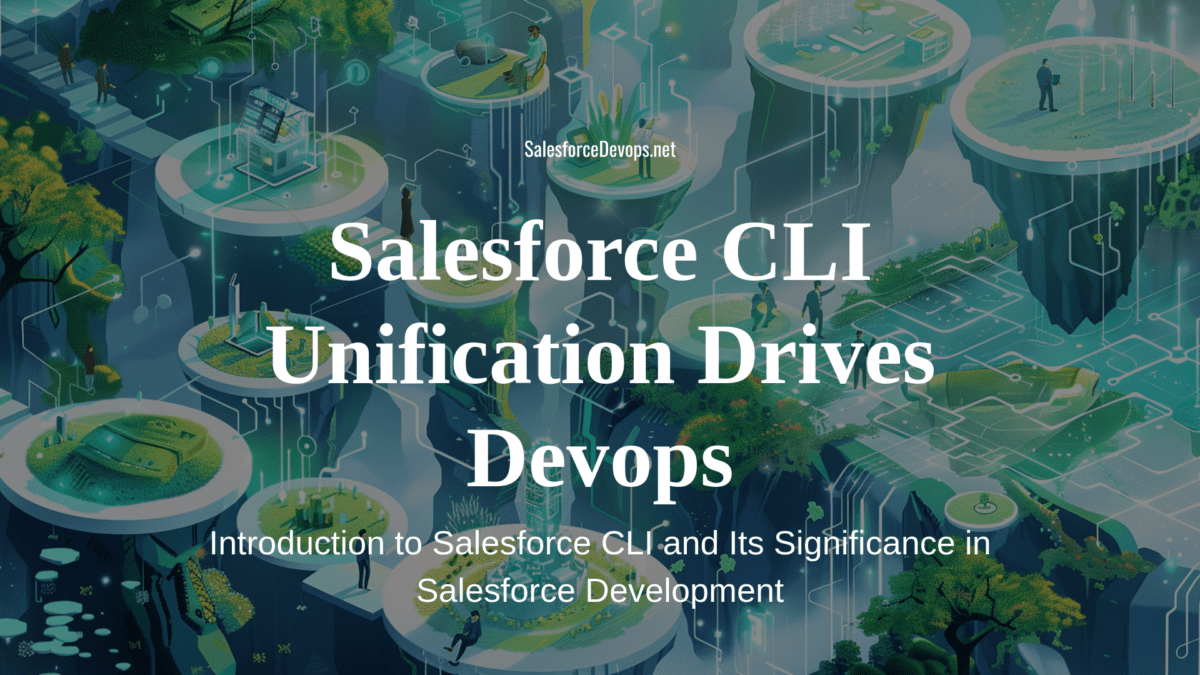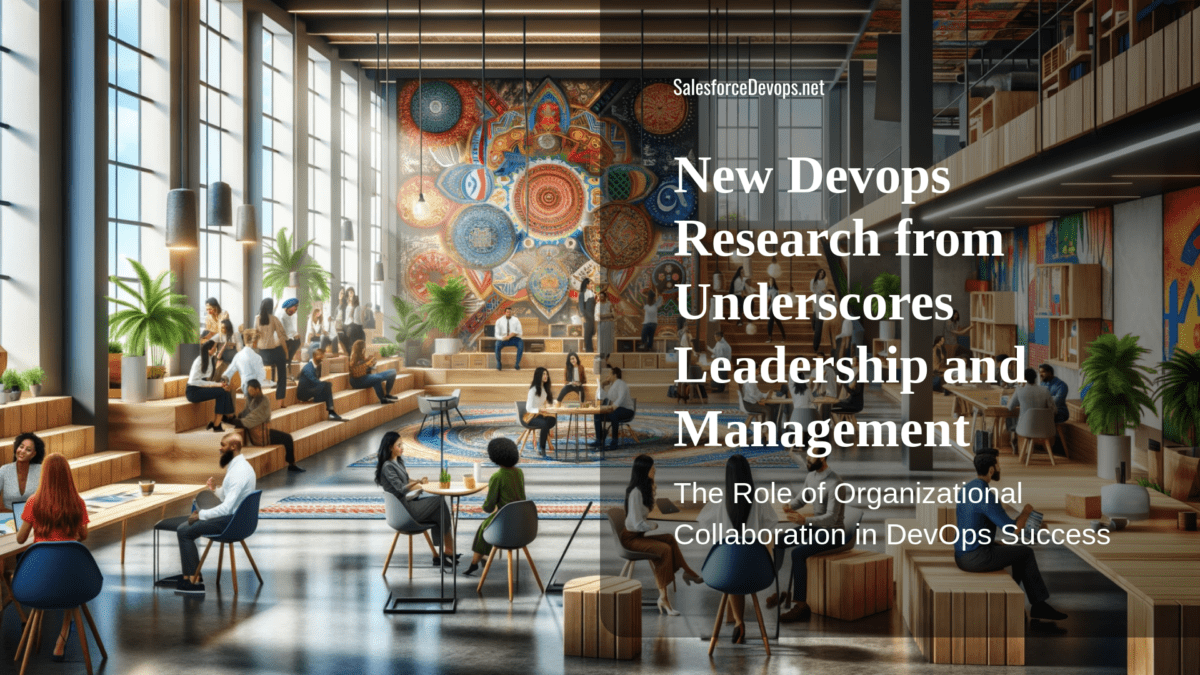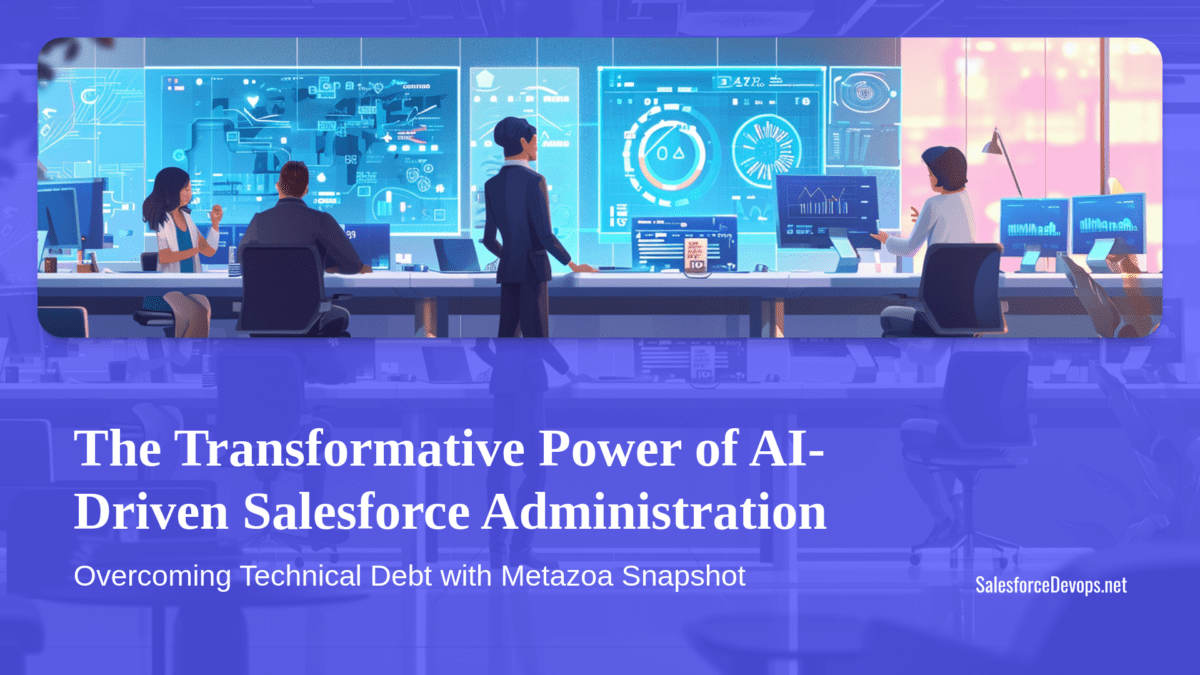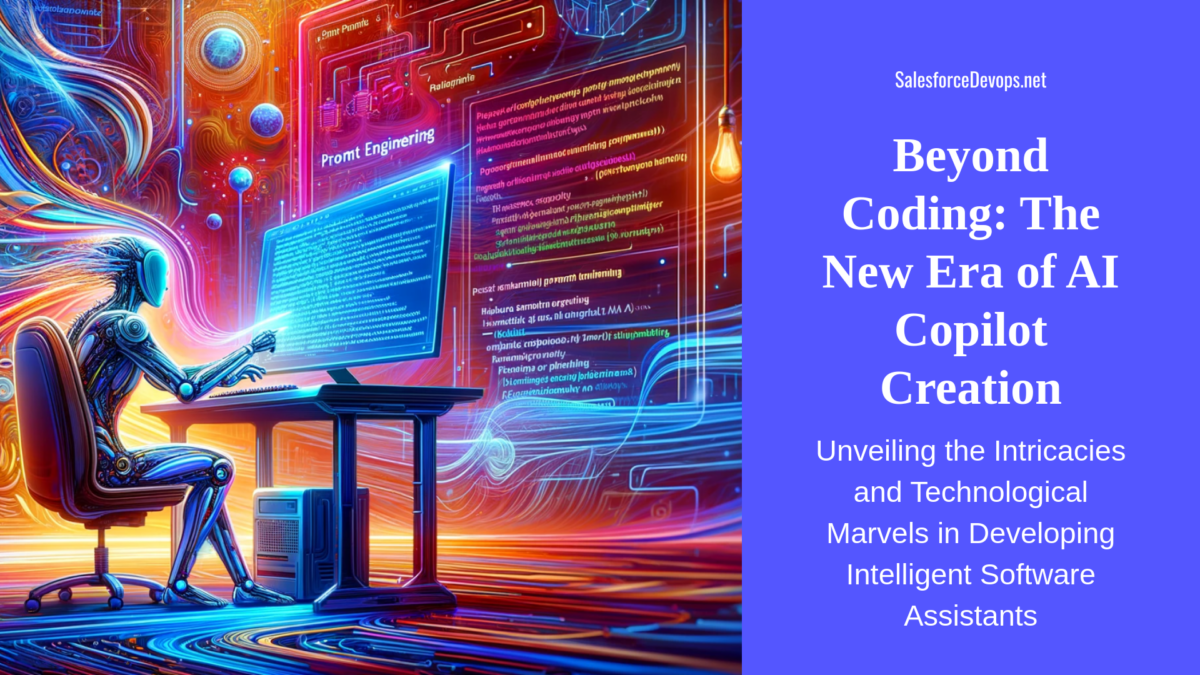Devops Powers Digital Transformations in 2021
Global culture has caught up with the Internet because of the pandemic. Now, organizations of every size now see intense Internet adoption as inevitable, necessary, and mandatory. As IT work continues to grow in the post-pandemic world, and the quality of apps drive enterprise value, a complete perspective on app production is needed. Now, for companies who compete in this new world devops is the subject upon which to focus in order to manage the complexities of app production. Let us see what the evolution of devops means for Salesforce enterprise application development in 2021.
Evolves to the Art of Management
In 2012 the word “DevOps” emerged. It represented the conjunction of words “developer” and “operations.” At the same time, containerization and Docker surged in popularity, resulting in tooling and services for Docker pipelines.
For the rest of the decade the public clouds like AWS, GCP, and Azure grew as more corporations hopped on board. By treating infrastructure as a departmental expense, rather than a request to an IT bureaucracy, cloud adoption exploded, The devops industry emerged to service this opportunity, and it has resulted in several public companies such as Splunk and JFrog.
In Devops 1.0, the word describes an engineering craft or is a job description. By mid-2020’s many Kubernetes shops had implemented a full 2.0 strategy, which includes more operations-heavy functions such as infrastructure-as-code implementations, deeper metrics and observability, international data governance, and integrated cybersecurity.
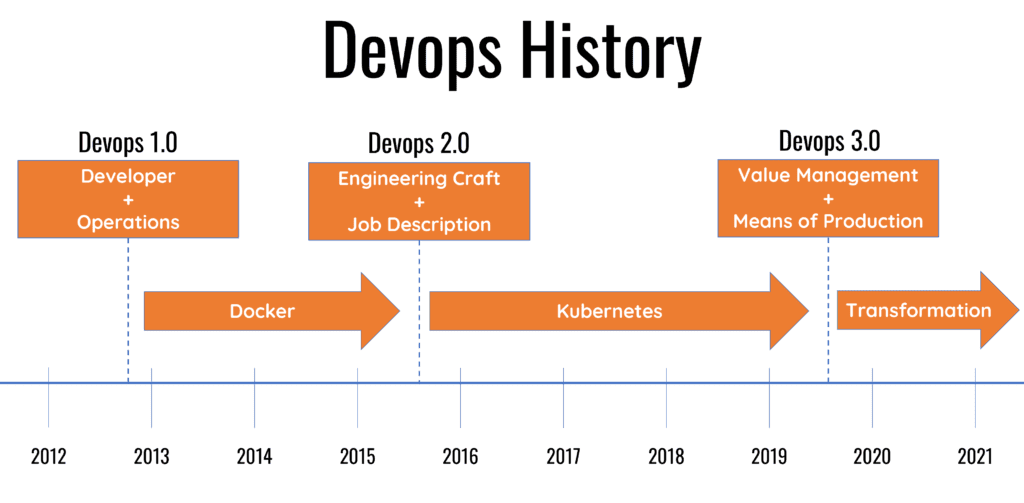
As companies rely on apps as the means of production, the need to manage app production enterprise-wide has emerged. Global enterprises, especially, need to ensure they are making the apps that contribute to the overall value of the enterprise. Now, centralized Center of Excellence resources are used by large companies in attempts to coordinate devops activities. In 2021, devops 3.0 now represents the combination of the art of management and an engineering craft.
Devops 3.0 Management Stack
As companies evolve into 3.0, they occasionally need to appreciate the complexity of this broad mix of engineering, operational, and management practices. As I wrote in Use the Salesforce Devops Segmentation Model for IT Success, there are at least nine separate layers of broad functionality included in the devops 3.0 stack.
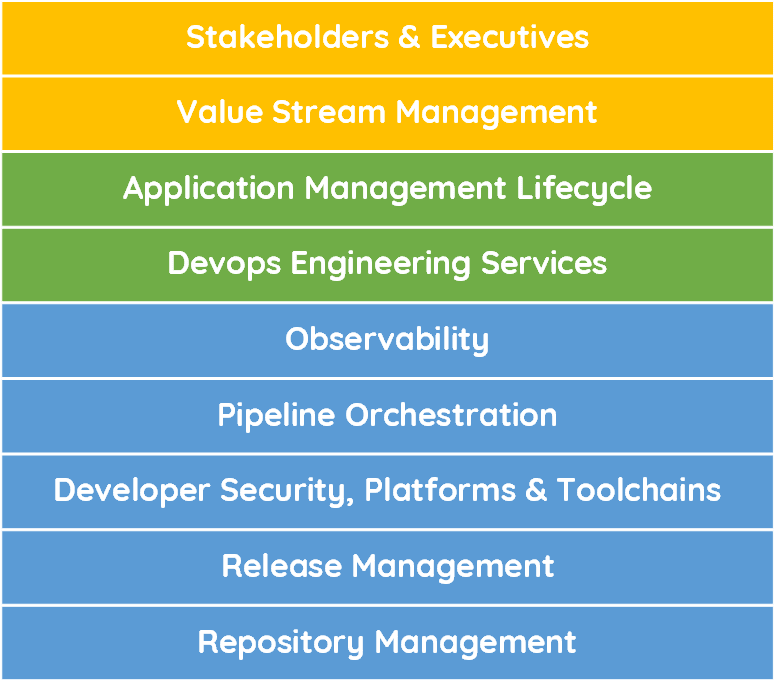
In some companies, this stack represents hundreds or even thousands of individuals who need to work together. The real challenge of Devops 3.0 is to create the best alignment of resources, decision-making, communication, and innovation to move app production projects forward.
Salesforce Needs Devops 3.0
Salesforce software development is hampered by the age of the platform, plus the dominance of using changesets for enterprise application development. To address this problem Salesforce deserves credit for creating the Salesforce DX program main touchpoint between “regular” devops and their platform. But further work is needed, such as shipping Salesforce DevOps Center, which is scheduled for wider availability by the end of 2021.
But Salesforce implementation managers are currently faced with an avalanche of new projects that all have the need for better management, and SFDX-CLI adoption does not solve every release management problem. Without dramatic moves to better app production management, planned Salesforce projects could be threatened because of clogged application development pipelines.
In response has been a flurry of successful enterprise software startups who address the need for continuous metadata monitoring. The capability to scan and analyze metadata, and then to integrate that into a release management strategy, is a key capability needed to manage Salesforce application development projects.
Better Devops Ways Needed in Salesforce
More Salesforce managers need to see devops, and a better cybersecurity posture, as a long-term goal worth the investment at all costs. Any other attitude just does not make sense, because any short-term gain in efficiency will be outpaced by crippling enterprise app producers with inadequate tools.
More Salesforce managers need to see the rich choices in devops tools and services as a source of power to be exploited, not put off due to budget or time constraints. Getting out of the changeset swamp is doable, you just might need to hire the right consultants to get the job done.

